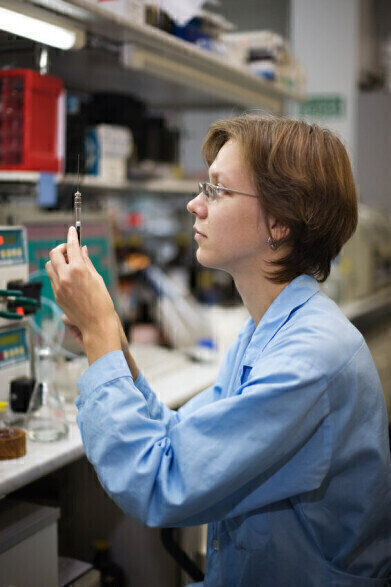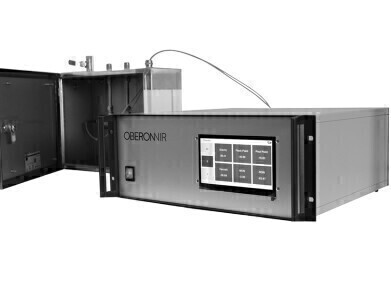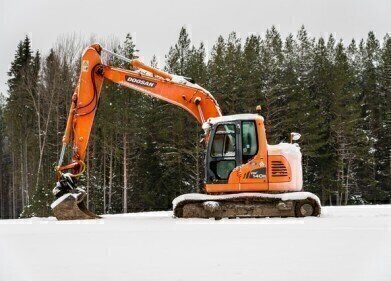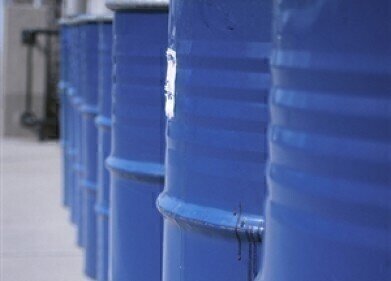Pour point
Different ways of measuring dew point in petrochemical products
Oct 24 2023
In the intricate domain of petrochemical processing, controlling moisture levels is paramount to maintain product quality, operational efficiency, and safety. One crucial parameter informing these aspects is the dew point: the temperature at which air becomes saturated with moisture, leading to condensation. Accurate dew point measurements within petrochemical products can prevent complications such as corrosion, product degradation, or system failures. This article delves into various advanced methods employed in determining dew point levels, catering to professionals monitoring petrochemical systems.
Hygrometer
Among the most prevalent instruments for measuring dew point are hygrometers, particularly the chilled-mirror hygrometer, known for its precision. This device involves cooling a mirror within the instrument until condensation forms, correlating to the dew point of the adjacent gas. The temperature of the mirror at the onset of condensation is precisely measured, providing a direct dew point reading.
In petrochemical applications, the chilled-mirror hygrometer is valued for its high accuracy and the ability to provide continuous, real-time data, essential for monitoring processes where moisture levels can influence chemical product quality and process efficiency. However, regular maintenance is necessary to ensure the mirror's cleanliness, integral for maintaining measurement accuracy.
Psychrometer
The psychrometer, another type of hygrometer, operates on the principle of relative humidity measurement through wet-bulb and dry-bulb thermometers. The cooling effect from the evaporation of water on the wet-bulb thermometer, compared to the dry-bulb, allows calculation of the relative humidity, from which the dew point is subsequently determined.
Though less precise than chilled-mirror hygrometers, psychrometers offer a more straightforward, cost-effective solution suitable for environments where less specificity is required. Their application in the petrochemical industry is often relegated to contexts where they can complement other, more precise instruments, providing redundant measurement systems for increased reliability in moisture monitoring.
Metal Oxide Sensors
Transitioning to solid-state technology, metal oxide sensors represent a significant advancement in dew point detection. These sensors exploit the moisture-sensitive resistance properties of certain metal oxides, such as aluminum or zinc oxides. As humidity increases, conductance in the metal oxide sensor rises, with these changes in electrical properties correlating directly with the dew point.
In the petrochemical sector, metal oxide sensors are prized for their durability, rapid response times, and suitability for integration into automated systems for continuous monitoring. They are particularly effective in situations demanding rapid detection of sudden changes in moisture levels, helping avert system upsets or product quality issues. One limitation, however, is the potential drift in measurement accuracy over time, necessitating regular calibration.
Polymer Sensors
Polymer-based sensors for dew point measurement utilize the hygroscopic nature of certain polymers. Upon absorbing water vapor, these polymers swell, inducing a measurable change in properties such as dielectric constant or electrical resistance. By calibrating these changes against known humidity levels, the sensor can provide accurate dew point measurements.
Polymer sensors are versatile, capable of operation within diverse chemical environments inherent to the petrochemical industry, often without the need for extensive maintenance. Their resistance to chemical exposure, coupled with good baseline stability, makes them suitable for complex, volatile petrochemical processing systems. However, they may exhibit cross-sensitivity to particular chemical vapors, necessitating careful application consideration and occasional calibration.
As the petrochemical industry evolves with increasingly complex processes, the need for reliable, accurate, and robust dew point measurement technologies becomes ever more critical. Each method described offers distinct advantages and potential limitations, underscoring the importance of selecting the appropriate technology based on specific operational requirements, environmental conditions, and accuracy demands.
For optimal system performance, professionals may employ a combination of these technologies, leveraging their complementary strengths. For instance, chilled-mirror hygrometers can serve as a standard reference for precision, supplemented by the rapid response of metal oxide sensors or the environmental resilience of polymer sensors.
Ultimately, a nuanced understanding of these dew point measurement technologies, coupled with judicious application and regular maintenance, will significantly contribute to operational excellence in the petrochemical realm. As technological advancements continue, we anticipate further enhancements in accuracy, reliability, and applicability, driving efficiency, and safety in the industry's future.
Digital Edition
PIN 26.1 Feb/Mar 2025
March 2025
Analytical Instrumentation - Elemental Analysis for Quality and Process Control at Refineries, for Lubricants and Wear Metals in Engine Oils - Synthetic Lubricants: New Developments - Scaling...
View all digital editions
Events
Apr 29 2025 Mumbai, India
Apr 29 2025 Edmonton, AB, Canada
May 05 2025 Houston, Tx, USA
May 06 2025 Nuremberg, Germany
Canada Gas & LNG Exhibition & Conference
May 06 2025 Vancouver, BC, Canada

.jpg)

















